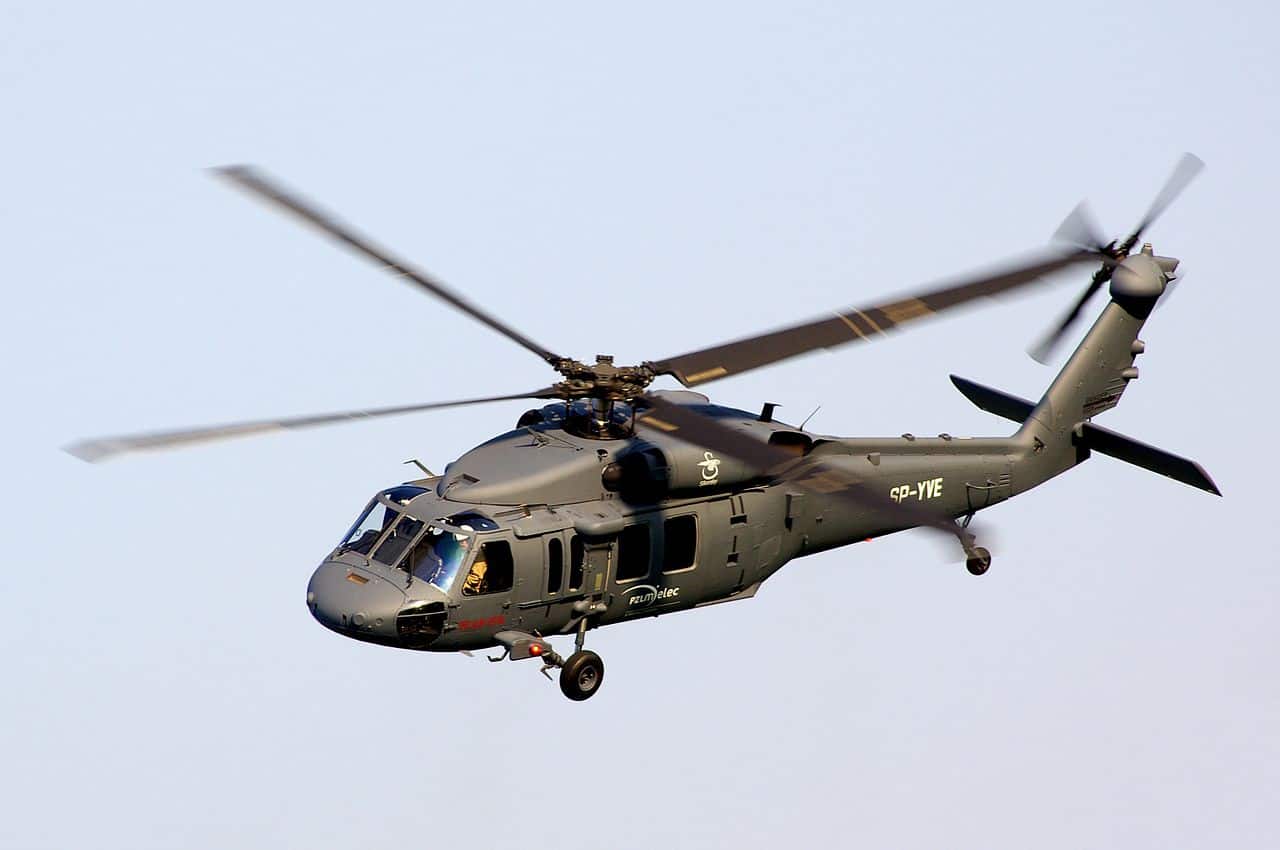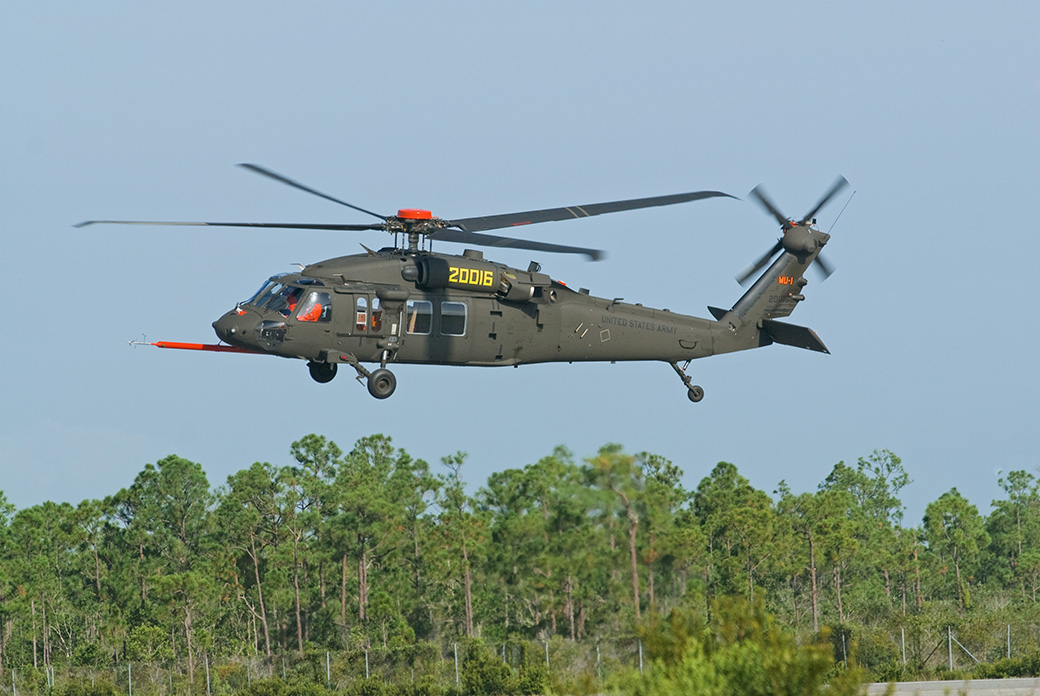Inside the Sikorsky S 70: What Establishes This Helicopter Apart from Its Rivals
Inside the Sikorsky S 70: What Establishes This Helicopter Apart from Its Rivals
Blog Article
High-Performance Multi-Role Rotorcraft Featuring Advanced Cabin Technologies and Integrated Sensor Solutions
The world of rotorcraft modern technology has actually seen notable developments in recent times, particularly in the world of high-performance multi-role rotorcraft outfitted with sophisticated cabin innovations and perfectly incorporated sensor systems. These developments have not just augmented the operational capacities of rotorcraft yet have actually also significantly influenced modern-day air travel operations on numerous fronts. From improved mission versatility to boosted operational efficiency, the convergence of advanced cabin innovations and integrated sensing unit systems has introduced a new era of opportunities for rotorcraft applications. In the complying with conversation, we will explore the advancement of rotorcraft innovation, delve into the realm of sophisticated cockpit advancements, and analyze the implications of integrated sensing unit systems on the operational convenience and effectiveness of modern-day rotorcraft.
Evolution of Rotorcraft Innovation
The advancement of rotorcraft technology has been marked by substantial innovations in aerodynamics, materials, and propulsion systems, shaping the abilities and efficiency of modern-day rotorcraft. Wind resistant renovations have actually enhanced the efficiency and maneuverability of rotorcraft, enabling for boosted rate, dexterity, and security throughout trip (sikorsky s 70). Advancements in materials, such as using composite products and progressed alloys, have caused lighter yet more powerful rotorcraft structures, enhancing general efficiency and durability. Additionally, developments in propulsion systems, including more powerful engines and innovative propulsion innovations, have enabled rotorcraft to achieve greater elevations, faster speeds, and greater payloads.
These innovations have not only transformed the capacities of rotorcraft however have additionally broadened their applications across numerous markets, consisting of armed forces, commercial, and emergency situation services. The continual development of rotorcraft technology remains to drive advancement in the field, pressing the boundaries of what is feasible and shaping the future of upright trip.
Advanced Cockpit Innovations
Structure upon the foundational innovations in aerodynamics, products, and propulsion systems, the realm of rotorcraft modern technology now moves emphasis in the direction of pioneering Advanced Cabin Innovations. The combination of cutting-edge innovations within the cockpit atmosphere plays a crucial duty in enhancing the functional abilities, security, and performance of contemporary rotorcraft. sikorsky s 70. Advanced Cabin Innovations incorporate a large array of functions made to offer pilots with boosted situational awareness, streamlined information monitoring, and intuitive control interfaces
Among the key developments in cabin layout is the implementation of glass cockpits, which replace typical analog gauges with high-resolution screens. These electronic systems supply customizable layouts, real-time data combination, and enhanced readability, making it possible for pilots to access important details at a glance. Advanced avionics systems, such as fly-by-wire controls and augmented reality displays, are revolutionizing how pilots interact with the airplane, permitting for specific control and boosted decision-making capacities.


Integrating sophisticated cockpit technologies not just boosts pilot performance but additionally adds to general mission performance and security in complicated operational environments. By leveraging state-of-the-art modern technologies within the cabin, rotorcraft producers are establishing new standards for functional excellence and goal success.
Integrated Sensor Equipments
With the development of rotorcraft modern technology, the combination of advanced Integrated Sensing unit Systems has actually become extremely important in improving functional visit the website efficiency and safety and security. These Integrated Sensor Solutions encompass a large array of modern technologies that provide essential data for numerous functions such as navigating, surveillance, targeting, and environmental surveillance. By perfectly incorporating sensing units like radars, video cameras, lidar, and infrared systems right into rotorcraft, drivers can take advantage of enhanced situational recognition, improved goal capabilities, and lowered pilot workload.
One trick advantage of Integrated Sensor Solutions is their capacity to gather real-time data and offer actionable insights to pilots and objective drivers. As an example, advanced radar systems can discover and track targets over fars away, permitting early risk discovery and reliable response planning. In addition, incorporating electro-optical and infrared video cameras allows rotorcraft to carry out reconnaissance and monitoring goals with accuracy and precision.
Fundamentally, the assimilation of sophisticated sensing unit modern technologies into rotorcraft not only enhances functional performance but also adds significantly to overall mission success and crew safety. As rotorcraft remain to advance, the duty of Integrated Sensing unit Equipment will most certainly continue to be at the center of technology in the aerospace sector.
Functional Flexibility and Effectiveness
Enhancing operational convenience and performance in rotorcraft is an all-natural progression from the integration of advanced Integrated Sensing unit Solutions. By leveraging the data and insights offered by these advanced sensor systems, rotorcraft can optimize their efficiency across various goals and atmospheres.
Operational flexibility encompasses the ability of rotorcraft to adjust to different roles and circumstances effectively. With advanced cabin innovations and integrated sensing unit systems, rotorcraft can seamlessly change between jobs such as search and rescue, medical evacuation, security, and much more. This versatility improves the rotorcraft's capability to satisfy diverse functional needs without needing extensive reconfiguration.
Performance in rotorcraft operations is critical for maximizing objective effectiveness and resource application. Integrated sensor systems play a crucial role in improving functional effectiveness by providing real-time data on climate condition, surface mapping, target monitoring, and much more. This information makes it possible for pilots to make educated choices swiftly, maximize flight paths, preserve gas, and enhance general mission productivity.
Effect On Modern Aviation Workflow

Additionally, the assimilation of sophisticated you can look here sensors assists in improved goal planning and implementation, enabling rotorcraft to execute a large range of tasks useful link with boosted precision. From search and rescue procedures to aerial firefighting and police objectives, the capacities of modern rotorcraft outfitted with advanced cabin technologies and integrated sensing unit systems are unrivaled.
In addition, the effect of these innovations extends past functional efficiency to cost-effectiveness and sustainability. By maximizing trip routes, fuel consumption, and maintenance timetables, high-performance rotorcraft equipped with sophisticated cabin technologies and sensors add to reducing operational expenses and ecological impact, making them vital properties in modern air travel procedures.
Verdict
To conclude, the high-performance multi-role rotorcraft with sophisticated cabin modern technologies and integrated sensor systems represents a considerable advancement in aeronautics technology. These innovations enhance operational flexibility and effectiveness, inevitably influencing modern-day aeronautics procedures in a favorable means. The assimilation of these advanced technologies enables improved capabilities and performance in various mission circumstances, showcasing the proceeded innovation of rotorcraft modern technology in the air travel sector.
The world of rotorcraft innovation has seen noteworthy developments in recent times, particularly in the realm of high-performance multi-role rotorcraft equipped with sophisticated cabin modern technologies and effortlessly integrated sensor systems. From enhanced objective versatility to enhanced operational performance, the merging of sophisticated cockpit technologies and incorporated sensing unit systems has ushered in a new era of opportunities for rotorcraft applications. In the complying with discussion, we will discover the development of rotorcraft technology, delve right into the realm of advanced cabin developments, and examine the effects of integrated sensor systems on the functional flexibility and performance of contemporary rotorcraft.

Report this page